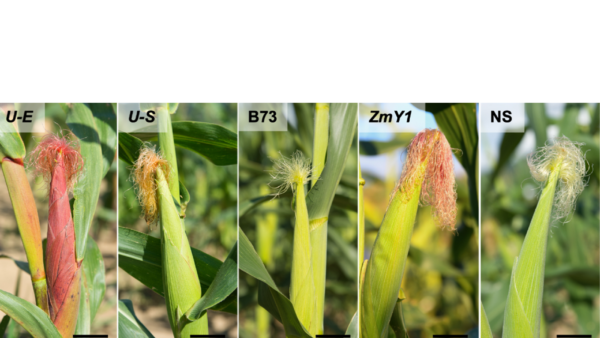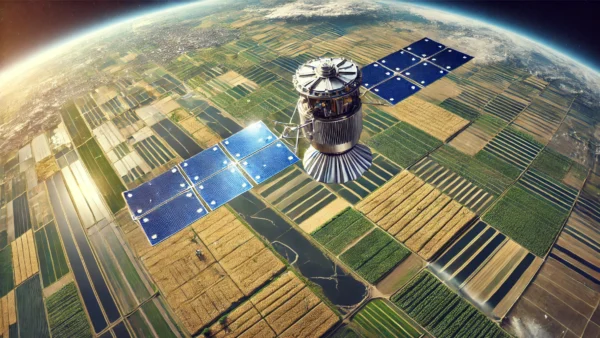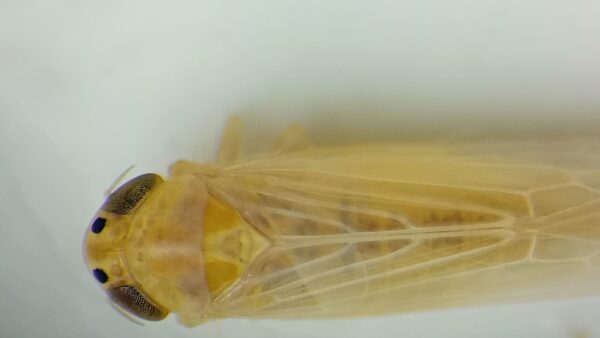This is one of the big questions, which a newly launched EU project will address over the next five years. The vision with the project, called EUCLEG, is to strengthen a food- and feed production less dependent upon imported soybean. EUCLEG is a concatenation of “EU – China – Legumes”, and EU and China jointly fund the 5 million euro project. DLF is just one out of 37 partners that comprises both universities, research institutes and industry.
The aim of the project is to develop plant-breeding strategies for five commercially important legumes, which will enable a more sustainable plant production, than what is evident for most soybean production today. In that context the headline question is not only an interesting one, but also an important one.
The conversion from vegetable- to animal protein is a very resource demanding process. Several groups have reported, that the energy required to produce soybean-based protein is 25% of what is needed to produce a similar milk-based protein and only 7% of what is needed to produce a beef-based protein. The numbers get even more significant when looking at the water consumption and this is just when comparing soybean to animal production.
What if proteins for human consumption could be extracted from perennial crops like alfalfa and red clover, whose climate- and environmental footprint is far less than soybean?
We like the scent of grass – but what about the taste?
The amino acid composition of alfalfa and clover proteins are very similar to that of milk- or beef-proteins, and there are no anti-nutritional compounds, that would render human digestion impractical. The struggle in this regard is to get the taste right. Although the scent of freshly cut grass is at the very top of our favorites (only surpassed by freshly baked bread and bacon!) there is no immediate translation of this stimulation into the taste. Nonetheless, EUCLEG will look at possibilities to include forage-based proteins into our future food. There is another reason why forage-based proteins are attractive as either feed or food for monogastric animals.
The green loop
Our interest lies in the pulp, which is a byproduct from the protein extraction. Recent studies showed that when feed to dairy cows, the pulp gave a higher milk yield than a diet based on silage from similar, but intact forages. Combined with biogas-production, the system fits elegantly into a closed loop that looks like this:
- Alfalfa is harvested and protein juice is extracted
- Protein is feed directly or as juice or concentrated through centrifugation
- Pulp is fed to dairy cows
- Any other side products are used together with manure and slurry in the biogas fermenter
- Biogas from the fermenter is used as energy source for protein extractions and remaining sludge is used as fertilizer on the production fields.
Up to 50% of the proteins can be extracted from forages with the current extraction methods. EUCLEG will screen existing varieties, genebank collections, and breeding material for genetic differences in protein yield. DLF will conduct a number of yield trials on alfalfa and red clover in Denmark and Czech Republic, and together with a number of other partners determine forage quality and protein properties. All plant material included in the project will be characterized by dense DNA marker profiles. In combination with field- and lab data, such profiles will allow scientists to develop genomic models that can predict the protein yield and extractability of new breeding lines based on a DNA test. Armed with this tool and with new enlarged collections of germplasm, legume breeders will meet the future with unprecedented options for making protein production as well as food consumption greener than today.








